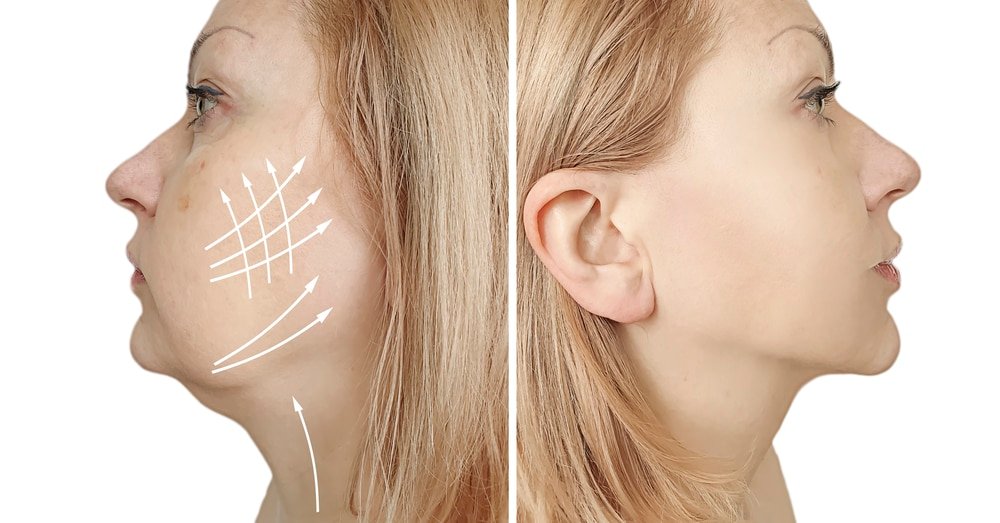Traveling to South Korea for a neck lift surgery offers access to world-renowned expertise and advanced cosmetic techniques. However, as an international patient, understanding the entire process—from consultation to recovery—helps you prepare mentally and physically, making your experience smoother and more comfortable.
This guide breaks down what you can expect at every stage when having a neck lift in a Korean clinic.
1. Initial Inquiry and Consultation
Online or In-Person Consultations
- Many Korean clinics provide virtual consultations via video calls, especially for international patients, allowing you to discuss your goals, medical history, and expectations without traveling initially.
- You will typically be asked to send recent photos of your neck and face from multiple angles.
- The surgeon or medical team will evaluate your candidacy, recommend the most suitable neck lift technique, and explain the expected results.
Transparent Cost Estimates
- Clinics provide detailed quotes covering surgery, anesthesia, hospital stay, post-op care, and any additional treatments or accommodations.
- You’ll be informed about any potential extra costs, such as medications or follow-up visits beyond the initial package.
2. Pre-Operative Preparation
Medical Evaluation
- Before surgery, you may be asked to undergo basic blood tests or health screenings to ensure you’re fit for anesthesia and surgery.
- Clinics usually send pre-op instructions, including guidelines on medications to avoid, fasting before surgery, and lifestyle adjustments.
Travel and Accommodation Planning
- Some clinics assist with booking nearby hotels optimized for recovery, often with quiet environments and amenities like room service.
- Airport pickup and transportation to the clinic are often arranged by the medical tourism coordinator.
3. Day of Surgery
Arrival and Check-In
- Upon arrival at the clinic or hospital, you’ll complete necessary paperwork and meet the surgical team.
- Nurses will prepare you for surgery, which includes changing into a surgical gown and vital sign checks.
Anesthesia
- Neck lift surgery is usually performed under general anesthesia or deep sedation, ensuring you remain comfortable and pain-free.
Surgical Procedure
- The surgeon will perform the neck lift by removing excess skin and fat, tightening underlying muscles, and sculpting the neck contour to create a smooth, youthful profile.
- Techniques vary—some involve small incisions under the chin or behind the ears to minimize visible scarring.
4. Post-Operative Recovery
Immediate Recovery
- After surgery, you’ll spend time in a recovery room under close monitoring.
- Swelling, bruising, and mild discomfort are common and managed with prescribed medications.
- Your neck may be wrapped in a compression garment or bandages to support healing and reduce swelling.
Hospital Stay
- Depending on the clinic and surgery extent, expect a 1-2 night hospital stay or day surgery with outpatient follow-up.
- Nurses assist with wound care, pain management, and mobility during this period.
5. Follow-Up Care
Clinic Visits
- Follow-up appointments are scheduled within the first week to monitor healing, remove sutures if necessary, and address concerns.
- Some clinics offer telemedicine follow-ups after you return home.
Activity Restrictions
- Patients are advised to avoid strenuous activities, heavy lifting, and excessive neck movements for several weeks.
- Keeping the head elevated and following cold compress protocols can help reduce swelling.
6. Returning Home and Long-Term Recovery
Travel Safety
- Surgeons typically recommend waiting 7-14 days before flying home to minimize complications from swelling or pressure changes.
- Carry detailed medical reports and emergency contact numbers during travel.
Healing Timeline
- Swelling and bruising usually improve significantly within 2-3 weeks.
- Final neck contours and scar maturation may take several months.
Lifestyle Tips for Optimal Results
- Protect incisions from sun exposure.
- Maintain a healthy diet and hydration.
- Follow your surgeon’s skincare and activity guidelines strictly.
Additional Tips for International Patients
- Language Assistance: Many clinics provide English-speaking coordinators and translators to help with communication.
- Emergency Support: Know the local emergency numbers and clinic contact info.
- Cultural Sensitivity: Familiarize yourself with Korean customs to feel more comfortable during your stay.
- Medical Tourism Insurance: Consider insurance that covers complications or unexpected extended stays.
Summary Table: What to Expect
| Stage | What Happens | Patient Tips |
|---|---|---|
| Consultation | Virtual/in-person discussion and assessment | Provide clear photos and questions |
| Pre-Op Preparation | Medical tests, instructions, travel arrangements | Follow all clinic guidelines carefully |
| Surgery Day | Check-in, anesthesia, neck lift procedure | Stay relaxed, trust your medical team |
| Immediate Recovery | Monitoring, pain/swelling management | Use compression garments as advised |
| Follow-Up Care | Suture removal, healing assessment, telemedicine | Attend all scheduled check-ups |
| Return Home & Healing | Travel after 1-2 weeks, long-term recovery | Protect incisions, maintain healthy habits |
Final Thoughts
Understanding what to expect when having a neck lift in Korea helps international patients prepare both practically and mentally. Korea’s expert surgeons and comprehensive care system strive to make your medical tourism experience safe, comfortable, and rewarding.
If you want, I can help you prepare a personalized pre-op checklist or connect you with reputable Korean clinics specializing in neck lifts.




